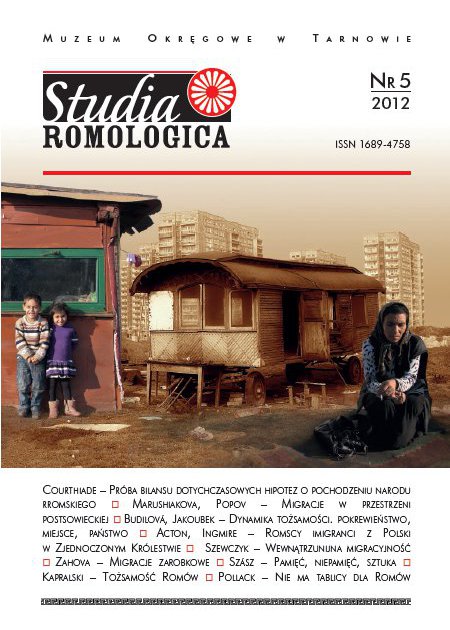Pamięć, niepamięć i sztuka: przypadek Romów na Węgrzech
Memory, oblivion and art: a case study of Roma in Hungary
Author(s): Anna Lujza SzászSubject(s): Philosophy, Social Sciences, Fine Arts / Performing Arts, Sociology, Migration Studies, Ethnic Minorities Studies
Published by: Muzeum Okręgowe w Tarnowie
Keywords: Roma; memory; oblivion; identity, cultur and fear; Roma art Hungary
Summary/Abstract: The article presents the art of Mara Oláh, known as Omara, a contemporary Romani painter from Hungary. Omara’s art has been interpreted as an aesthetic transformation and representation of the memory of the Roma suffering during World War II. The Author assumes that Omara’s paintings should be interpreted not only in the aesthetic categories but also as a moral message that facilitates the return of memory and the reaction to the contemporary instances of discrimination against the Roma. This role of art is of particular importance because the Romani remembrance of the Holocaust has not been yet transformed into the solid forms of “cultural memory” and therefore insufficiently contributes to the development of knowledge and historical consciousness of the Roma community.
Journal: Studia Romologica
- Issue Year: 5/2012
- Issue No: 1
- Page Range: 195-212
- Page Count: 18
- Language: English, Polish, Romany

